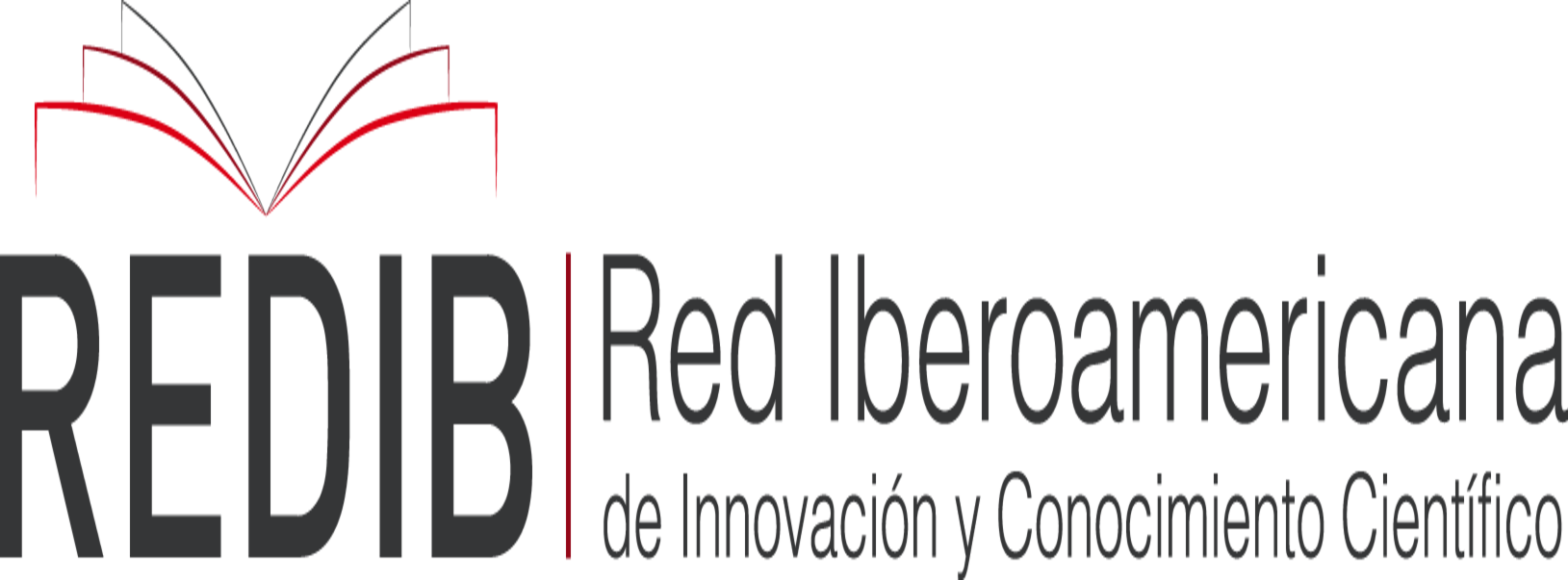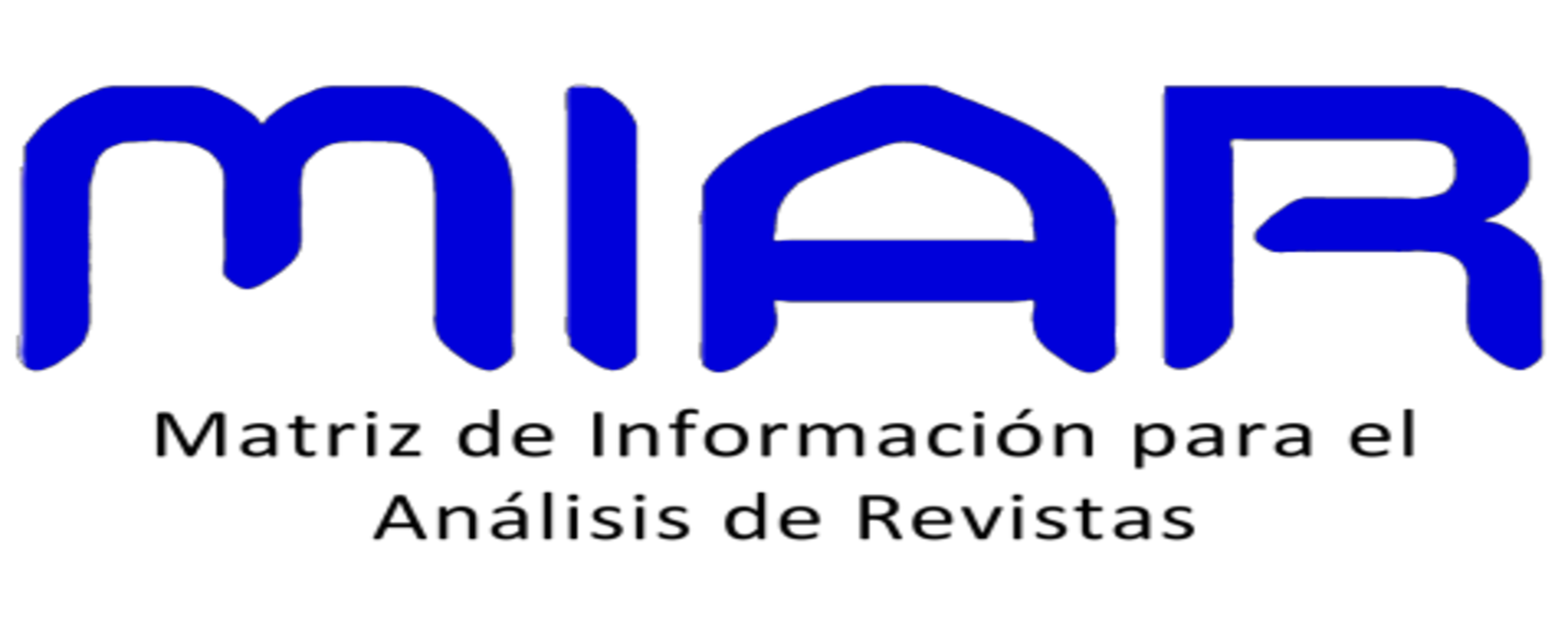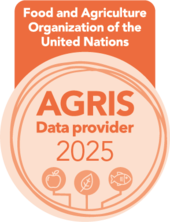Técnicas de extracción de colágeno: Aplicaciones y tendencias científicas
DOI:
https://doi.org/10.57188/manglar.2024.043Resumen
La extracción de colágeno a partir de subproductos representa una solución innovadora para la gestión de residuos y la producción de bioproductos de alto valor añadido. Este estudio revisa los métodos de extracción de colágeno, con énfasis en la hidrólisis, y sus aplicaciones en las industrias alimentaria, biomédica y cosmética. Se realizó un análisis bibliométrico utilizando la base de datos Scopus y las herramientas VosViewer y Bibliometrix para identificar tendencias de investigación y colaboración internacional. El objetivo de esta revisión es proporcionar una visión general del estado actual de la investigación sobre la extracción de colágeno de tejidos animales y sus aplicaciones. Los resultados muestran un creciente interés global en este campo, con China y Brasil liderando en número de publicaciones. Se observa una evolución en los métodos de extracción, desde enfoques tradicionales hacia técnicas más eficientes y sostenibles. Las conclusiones destacan el potencial del colágeno extraído de subproductos para promover la sostenibilidad y la innovación en diversas industrias, así como la importancia de la colaboración internacional y la investigación interdisciplinaria para impulsar avances significativos en este campo.
Descargas
Referencias
Addad, S., Exposito, J.-Y., Faye, C., Ricard-Blum, S., & Lethias, C. (2011). Isolation, characterization and biological evaluation of jellyfish collagen for use in biomedical applications. Marine Drugs, 9(6), 967-983. https://doi.org/10.3390/md9060967
Ahmed, M., Verma, A. K., & Patel, R. (2020). Collagen extraction and recent biological activities of collagen peptides derived from sea-food waste: A review. Sustainable Chemistry and Pharmacy, 18, 100315. https://doi.org/10.1016/j.scp.2020.100315
AlRyalat, S. A. S., Malkawi, L. W., & Momani, S. M. (2019). Comparing Bibliometric Analysis Using PubMed, Scopus, and Web of Science Databases. JoVE (Journal of Visualized Experiments), 152, e58494. https://doi.org/10.3791/58494
Anandito, R. B. K., Purwanto, E., Praseptiangga, D., & Zaman, M. Z. (2024). Optimization of cobia fish (Rachycentron canadum) gelatin extraction with response surface methodology. Food Research, 8, 139-147. https://doi.org/10.26656/fr.2017.8(S2).98
Arruda, H., Silva, E. R., Lessa, M., Proença, D., Jr, & Bartholo, R. (2022). VOSviewer and Bibliometrix. Journal of the Medical Library Association : JMLA, 110(3), 392-395. https://doi.org/10.5195/jmla.2022.1434
Büyükkidik, S. (2022). A Bibliometric Analysis: A Tutorial for the Bibliometrix Package in R Using IRT Literature. Eğitimde ve Psikolojide Ölçme ve Değerlendirme Dergisi, 13(3), 164-193. https://doi.org/10.21031/epod.1069307
Campos, L. D., Santos Junior, V. de A., Pimentel, J. D., Carregã, G. L. F., & Cazarin, C. B. B. (2023). Collagen supplementation in skin and orthopedic diseases: A review of the literature. Heliyon, 9(4), e14961. https://doi.org/10.1016/j.heliyon.2023.e14961
Cao, C., Wang, H., Zhang, J., Kan, H., Liu, Y., Guo, L., Tong, H., Wu, Y., & Ge, C. (2023). Effects of Extraction Methods on the Characteristics, Physicochemical Properties and Sensory Quality of Collagen from Spent-Hens Bones. Foods, 12(1). https://doi.org/10.3390/foods12010202
Cortial, D., Gouttenoire, J., Rousseau, C. F., Ronzière, M.-C., Piccardi, N., Msika, P., Herbage, D., Mallein-Gerin, F., & Freyria, A.-M. (2006). Activation by IL-1 of bovine articular chondrocytes in culture within a 3D collagen-based scaffold. An in vitro model to address the effect of compounds with therapeutic potential in osteoarthritis. Osteoarthritis and Cartilage, 14(7), 631-640. https://doi.org/10.1016/j.joca.2006.01.008
Dănilă, E., Stan, R., Kaya, M. A., Voicu, G., Marin, M. M., Moroşan, A., Titorencu, I., & Ţuţuianu, R. (2022). Valorization of Cyprinus Carpio Skin for Biocompatible Collagen Hydrolysates with Potential Application in Foods, Cosmetics and Pharmaceuticals. Waste and Biomass Valorization, 13(2), 917-928. https://doi.org/10.1007/s12649-021-01569-w
Dervis, H. (2019). Bibliometric analysis using bibliometrix an R package. Journal of Scientometric Research, 8(3), 156-160. Scopus. https://doi.org/10.5530/JSCIRES.8.3.32
Dhakal, D., Koomsap, P., Lamichhane, A., Sadiq, M. B., & Anal, A. K. (2018). Optimization of collagen extraction from chicken feet by papain hydrolysis and synthesis of chicken feet collagen based biopolymeric fibres. Food Bioscience, 23, 23-30. https://doi.org/10.1016/j.fbio.2018.03.003
Farooq, S., Ahmad, M. I., Zheng, S., Ali, U., Li, Y., Shixiu, C., & Zhang, H. (2024). A review on marine collagen: Sources, extraction methods, colloids properties, and food applications. Collagen and Leather, 6(1), 11. https://doi.org/10.1186/s42825-024-00152-y
Fauziyah, B., Fatimatussholichah, D., & Syarifah, A. R. (2023). Comparison of Microwave and Oven Extraction Methods on The Quality Of Pork, Beef And Duck Gelatine. Egyptian Journal of Chemistry, 66(4), 189-195. https://doi.org/10.21608/ejchem.2022.143115.6248
Fu, Y., Therkildsen, M., Aluko, R. E., & Lametsch, R. (2019). Exploration of collagen recovered from animal by-products as a precursor of bioactive peptides: Successes and challenges. Critical Reviews in Food Science and Nutrition, 59(13), 2011-2027. https://doi.org/10.1080/10408398.2018.1436038
Gaikwad, S., & Kim, M. J. (2024). Fish By-Product Collagen Extraction Using Different Methods and Their Application. Marine Drugs, 22(2), Article 2. https://doi.org/10.3390/md22020060
Garcia Londoño, V. A., Marín González, N., Roa-Acosta, D. F., Agudelo Laverde, L. M., Botero, L., & Lellesch, L. M. (2022). Characterization of By-products with High Fat Content Derived from the Production of Bovine Gelatin. F1000Research, 11, 1575. https://doi.org/10.12688/f1000research.128622.2
Gündem, A., & Tarhan, Ö. (2021). Collagen/Gelatin Extraction from Poultry Skin and Mechanically Deboned Meat (MDM) Residues. Akademik Gıda, 19(2), Article 2. https://doi.org/10.24323/akademik-gida.976929
Jhawar, N., Wang, J. V., & Saedi, N. (2020). Oral collagen supplementation for skin aging: A fad or the future? Journal of Cosmetic Dermatology, 19(4), 910-912. https://doi.org/10.1111/jocd.13096
Lamers, D. L., Rigueto, C. V. T., Krein, D. D. C., Loss, R. A., Dettmer, A., & Gutterres, M. (2024). Sequential extraction and characterization of gelatin from turkey (Meleagris gallopavo) feet. Polymer Bulletin. https://doi.org/10.1007/s00289-024-05283-0
Lima, C. A., Campos, J. F., Filho, J. L. L., Converti, A., da Cunha, M. G. C., & Porto, A. L. F. (2015). Antimicrobial and radical scavenging properties of bovine collagen hydrolysates produced by Penicillium aurantiogriseum URM 4622 collagenase. Journal of Food Science and Technology, 52(7), 4459-4466. https://doi.org/10.1007/s13197-014-1463-y
Liu, Y.-X., Chen, Y., Li, M.-L., & Liu, S.-H. (2019). Research Progress of Tilapia Fish Scale Collagen. Science and Technology of Food Industry, 40(6), 355-360. https://doi.org/10.13386/j.issn1002-0306.2019.06.061
Maistrenko, L., Iungin, O., Pikus, P., Pokholenko, I., Gorbatiuk, O., Moshynets, O., Okhmat, O., Kolesnyk, T., Potters, G., & Mokrousova, O. (2022). Collagen Obtained from Leather Production Waste Provides Suitable Gels for Biomedical Applications. Polymers, 14(21), Article 21. https://doi.org/10.3390/polym14214749
Matinong, A. M. E., Chisti, Y., Pickering, K. L., & Haverkamp, R. G. (2022). Collagen Extraction from Animal Skin. Biology, 11(6), Article 6. https://doi.org/10.3390/biology11060905
Mokrejs, P., Gal, R., Janacova, D., Plskova, M., & Zacharova, M. (2017). Chicken Paws By-products as an Alternative Source of Proteins. Oriental Journal of Chemistry, 33(5), 2209-2216. http://dx.doi.org/10.13005/ojc/330508
Mrázek, P., Gál, R., Mokrejš, P., Pavlačková, J., & Janáčová, D. (2020). Proposal of processing chicken by-products tissues into food-grade collagen. Waste Forum, 4, 217-227.
Ngoc, L. T. N., Moon, J.-Y., & Lee, Y.-C. (2023). Insights into Bioactive Peptides in Cosmetics. Cosmetics, 10(4), Article 4. https://doi.org/10.3390/cosmetics10040111
Nguyen, T. T., Heimann, K., & Zhang, W. (2020). Protein Recovery from Underutilised Marine Bioresources for Product Development with Nutraceutical and Pharmaceutical Bioactivities. Marine Drugs, 18(8), 391. https://doi.org/10.3390/md18080391
Nie, L., Wu, Q., Long, H., Hu, K., Li, P., Wang, C., Sun, M., Dong, J., Wei, X., Suo, J., Hua, D., Liu, S., Yuan, H., & Yang, S. (2019). Development of chitosan/gelatin hydrogels incorporation of biphasic calcium phosphate nanoparticles for bone tissue engineering. Journal of Biomaterials Science. Polymer Edition, 30(17), 1636-1657. https://doi.org/10.1080/09205063.2019.1654210
Nitsuwat, S., Zhang, P., Ng, K., & Fang, Z. (2021). Fish gelatin as an alternative to mammalian gelatin for food industry: A meta-analysis. LWT, 141, 110899. https://doi.org/10.1016/j.lwt.2021.110899
Pham, X.-L., & Le, T. T. (2024). Bibliometric Analysis and Systematic Review of Research on Expert Finding: A PRISMA-guided Approach. The International Arab Journal of Information Technology, 21(4). https://doi.org/10.34028/iajit/21/4/9
Shaik, M. I., Chong, J. Y., & Sarbon, N. M. (2021). Effect of ultrasound-assisted extraction on the extractability and physicochemical properties of acid and pepsin soluble collagen derived from Sharpnose stingray (Dasyatis zugei) skin. Biocatalysis and Agricultural Biotechnology, 38, 102218. https://doi.org/10.1016/j.bcab.2021.102218
Shalaby, M., Agwa, M., Saeed, H., Khedr, S. M., Morsy, O., & El-Demellawy, M. A. (2020). Fish Scale Collagen Preparation, Characterization and Its Application in Wound Healing. Journal of Polymers and the Environment, 28(1), 166-178. https://doi.org/10.1007/s10924-019-01594-w
Sousa, R. O., Martins, E., Carvalho, D. N., Alves, A. L., Oliveira, C., Duarte, A. R. C., Silva, T. H., & Reis, R. L. (2020). Collagen from Atlantic cod (Gadus morhua) skins extracted using CO2 acidified water with potential application in healthcare. Journal of Polymer Research, 27(3), 73. https://doi.org/10.1007/s10965-020-02048-x
Sugiura, H., Yunoki, S., Kondo, E., Ikoma, T., Tanaka, J., & Yasuda, K. (2009). In vivo biological responses and bioresorption of tilapia scale collagen as a potential biomaterial. Journal of Biomaterials Science, Polymer Edition, 20(10), 1353-1368. https://doi.org/10.1163/092050609X12457418396658
Van Eck, N. J., & Waltman, L. (2020). Software survey: VOSviewer, a computer program for bibliometric mapping. Scientometrics, 84(2), 523-538. https://doi.org/10.1007/s11192-009-0146-3
Van Eck, N. J., & Waltman, L. (2022). VOSviewer Manual.
Widayat, W., Agustini, T. W., Suzery, M., Rahmania, Y. L., Meutia, F., & Tarigan, G. S. I. (2023). Effect of temperature, time, and acid concentration on ph hydrolysis of gelatin with ultrasonic method. 2683. https://doi.org/10.1063/5.0124909
Yan, M., Qin, S., & Li, J. (2015). Study on the self-assembly property of type I collagen prepared from tilapia (Oreochromis niloticus) skin by different extraction methods. International Journal of Food Science & Technology, 50(9), 2088-2096. https://doi.org/10.1111/ijfs.12870
Yuan, Z., Ye, X., Hou, Z., & Chen, S. (2024). Sustainable utilization of proteins from fish processing by-products: Extraction, biological activities and applications. Trends in Food Science and Technology, 143. https://doi.org/10.1016/j.tifs.2023.104276
Zhang, Y., Olsen, K., Grossi, A., & Otte, J. (2013). Effect of pretreatment on enzymatic hydrolysis of bovine collagen and formation of ACE-inhibitory peptides. Food Chemistry, 141(3), 2343-2354. https://doi.org/10.1016/j.foodchem.2013.05.058
Publicado
Número
Sección
Licencia
Derechos de autor 2024 Leslie Vélez, Jennifer Fernandez

Esta obra está bajo una licencia internacional Creative Commons Atribución 4.0.

Manglar is an open access journal distributed under the terms and conditions of Creative Commons Attribution 4.0 International license









